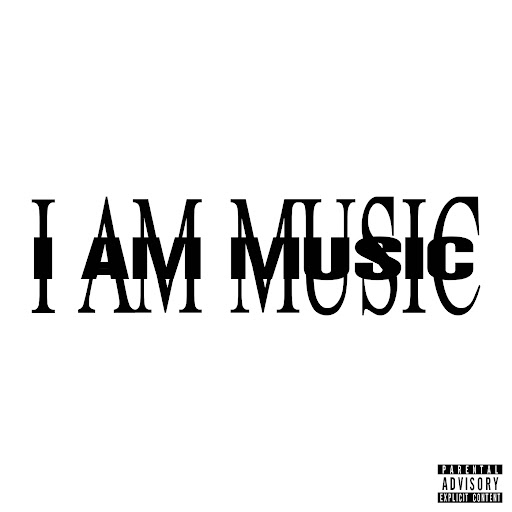With the return of autumn comes the revisiting of seasonal favorites like colorful foliage, crisp air and of course, horror films. While all horror films have their place in cinema, there’s a special quality to vampire films that merits their own distinctiveness. Just in time for the Halloween season, here is a collection of vampire films great for all cinephiles and fall enthusiasts alike.
Francis Ford Coppola’s “Bram Stoker’s Dracula” (1992)
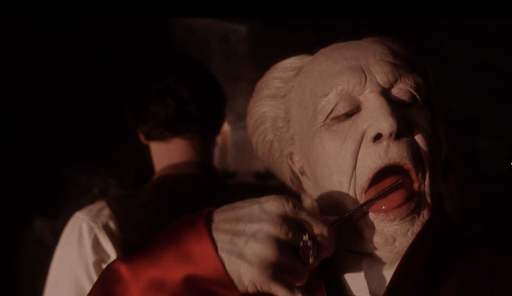
Arguably one of the most well-known pieces of contemporary vampiric media, Coppola remains accurate to the plot of Stoker’s original “Dracula” novel while further exploring the theme of undying love.
Gary Oldman does an excellent job of humanizing Dracula, a character usually depicted as a blood-lusting monster with no motives other than an innate desire to wreak havoc on humanity. With other well-regarded Hollywood names like Winona Ryder (Mina Harker) and Keanu Reeves (Jonathan Harker), this film serves as a perfect reimagination of the classic story.
F.W. Murnau’s “Nosferatu: A Symphony of Horror” (1922)
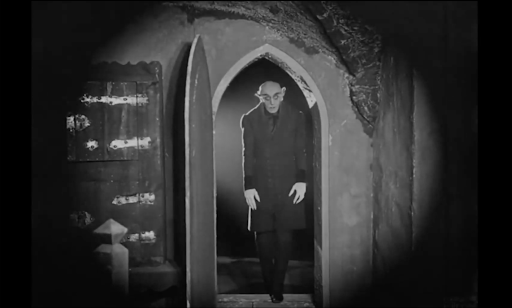
A great choice for classic movie lovers, “Nosferatu: A Symphony of Horror” has maintained relevance over many decades in part due to the iconic Count Orlock (Max Schreck) figure, shifting from the classic Dracula depiction of sophisticated and sinister to one more akin to the “embodiment of death.” The film also takes on a uniquely eerie and quiet undertone as a black-and-white silent film.
This film should be watched in anticipation of the new “Nosferatu” film directed by Robert Eggers releasing on Dec. 25.
Stephen Norrington’s “Blade” (1998)
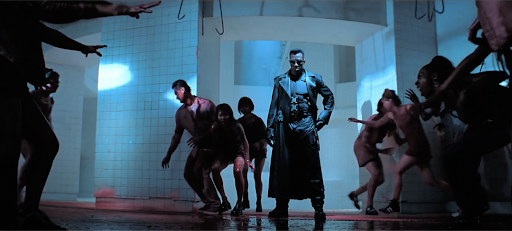
Pivoting from the Dracula adjacent vampire figure to a different vein of vampire media, Wesley Snipes has carved a permanent position as one of the most iconic, sword-wielding vampire hunter types, Blade.
Half-human and half-vampire, Blade sets out to avenge his mother’s death and save the world from an advanced species of vampires keen on executing the human race. The film also depicts the internal battle Blade must face coming to terms with his human and vampire identity, adding more nuance and complexity to his character.
Tod Browning’s “Dracula” (1931)
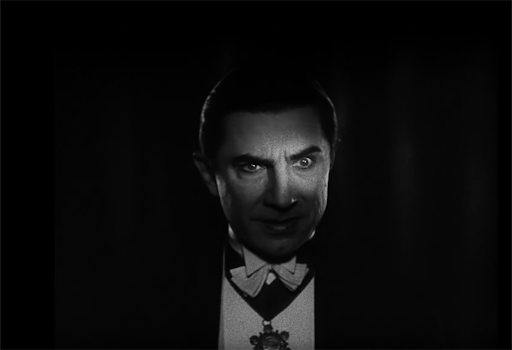
Browning’s “Dracula” serves as inspiration for many loved horror cliches in film, most especially the distinctly spooky crumbling castle riddled with cobwebs and bats. Through this iconic role, Bela Lugosi has nearly become synonymous with the figure of Dracula in pop culture, going on to reprise the role several times throughout his career.
We can thank Lugosi for some of Dracula’s most iconic qualities, like his thick Hungarian accent, offbeat line delivery and peculiar mannerisms. This film gives viewers a clear understanding as to why it serves as an archetypal masterpiece in classic Hollywood horror.
Park Chan-wook’s “Thirst” (2009)

Hauntingly romantic and darkly humorous, “Thirst” follows priest Sang-Hyun (Song Kang-ho) who, after volunteering for an experimental procedure seeking out a cure for a deadly virus, gets infected and dies. After a mysterious blood transfusion brings him back to life as a vampire, Sang-Hyun must face the challenges of bloodlust and a newfound attraction to the wife of a childhood friend.
Park Chan-wook very effectively uses vampirism as a vessel to explore the moral ambiguities of the characters. It is first a dissection of the characters’ complexities and secondly a dynamic vampire film full of cinematographic gore.






